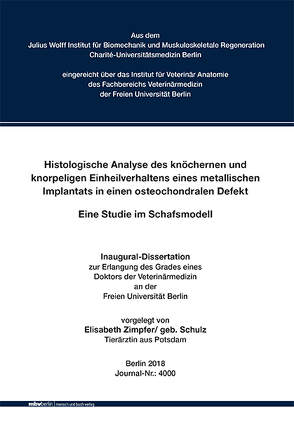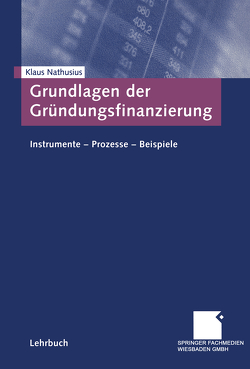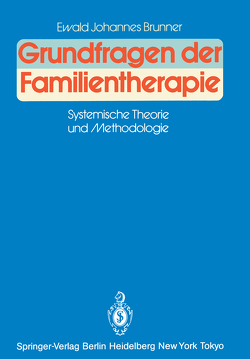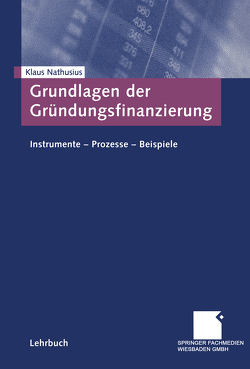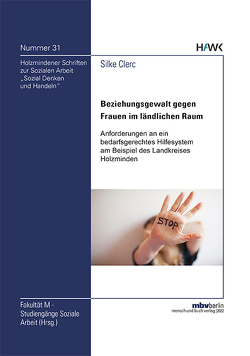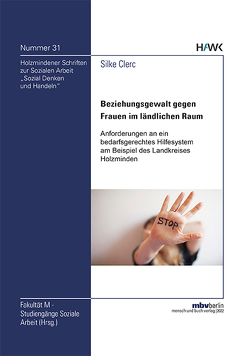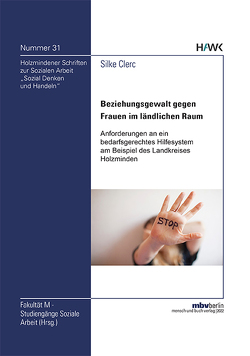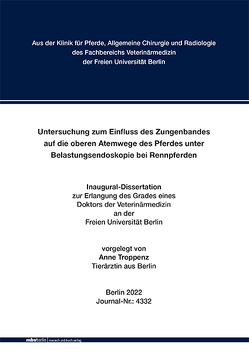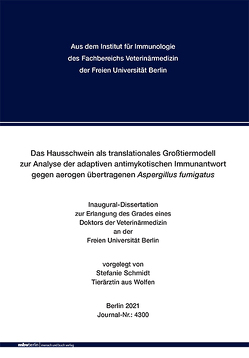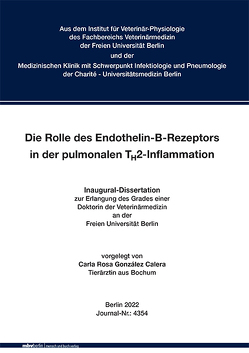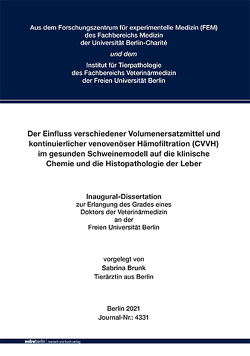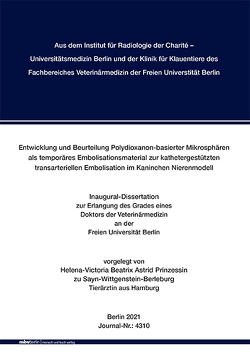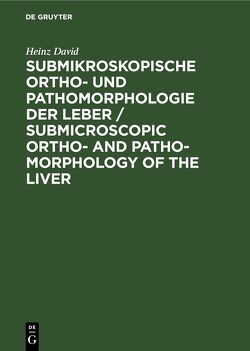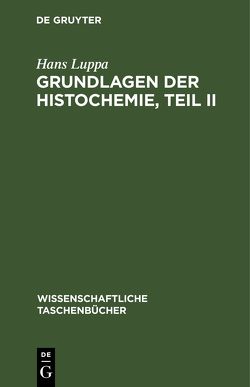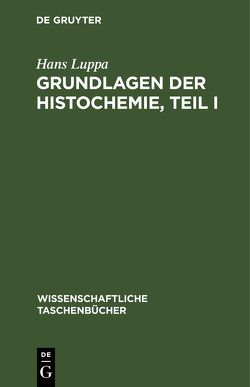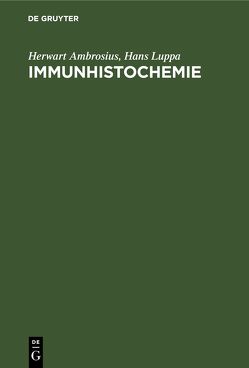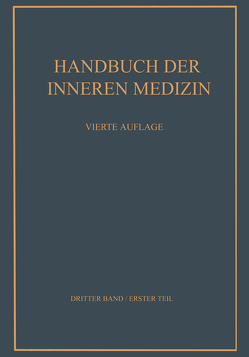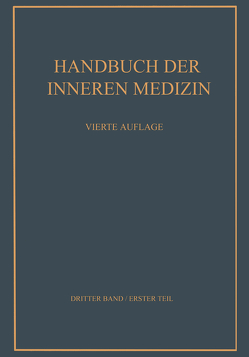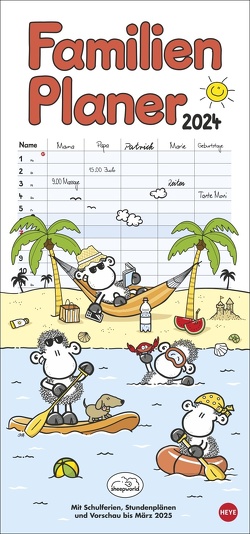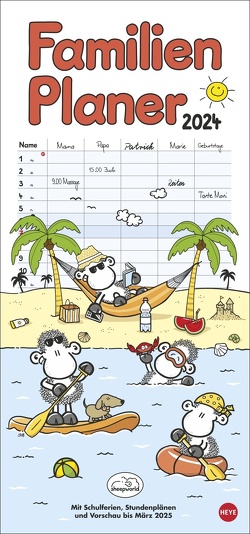Histologische Analyse des knöchernen und knorpeligen Einheilverhaltens eines metallischen Implantats in einen osteochondralen Defekt – Eine Studie im Schafsmodell
Elisabeth Zimpfer
Histological analysis of the bone and cartilage healing process of a metallic implant in an osteochondral defect
The aim of this study was to investigate cartilage and bone healing potential of a palliative osteoarthrosis implant with Hydroxyapatite-coatings in a locally defined osteochondral defect. The hypothesis was that chondrointegration of the implant can be improved by a HA coating and enhance the overall-healing outcome. A standardized osteochondral defect was induced in 24 female Merinomix shep on the medial femoral condyle of the right knee joint and three different metallic implant types were inserted in 8 animals/each: an uncoated implant, implants with 2 HA-coatings (rough, smooth). After 3 months, the animals were sacrificed and the tissueimplant contact was analyzed histological, histomorphometrical and immunohistochemical. Histological evaluation of the cartilage and bone tissue was carried out after embedding in PMMA (with implant) or Paraffin (without implant) and stainging with giemsa or toluidinblue. Histomorphometrical analysis measured the occurrence of tissue types at the implant border. The results of the study showed a significant better contact to the adjacent bony/chondral tissue in the groups with coated implants compared to the group of the uncoated implants. This was proven histomorphometrically by a lesser gap formation and less space between the implants and the surrounding tissue. As hypothesized, the coated implants showed a better chondrointegration in the mineralized cartilage and subsequently lesser gap formation. This resulted in an improved attachment of hyaline cartilage and prevented the underlying bone from contact with the aggressive synovial fluid. Through the firm contact of the tissue surfaces with the coating, a gap formation and subsequent loosening of the implant is prevented. Sealing against the aggressive synovial fluid is possible after a 3-months healing period.
The sealing effect of the attached mineralized cartilage and the subsequent preservation of the bone stock is a promising finding, even though we were not able to clarify the mechanism behind it in the context of this study. In the long run the better contact should result in better subchondral bone quality, which again affects the quality of the overlying cartilage positively. Future studies with longer healing times could emphasize the differences. Thus, HA-coated implants for focal osteoarthritis represent an alternative to relieve pain and prevent further damage in osteoarthritic joints.
